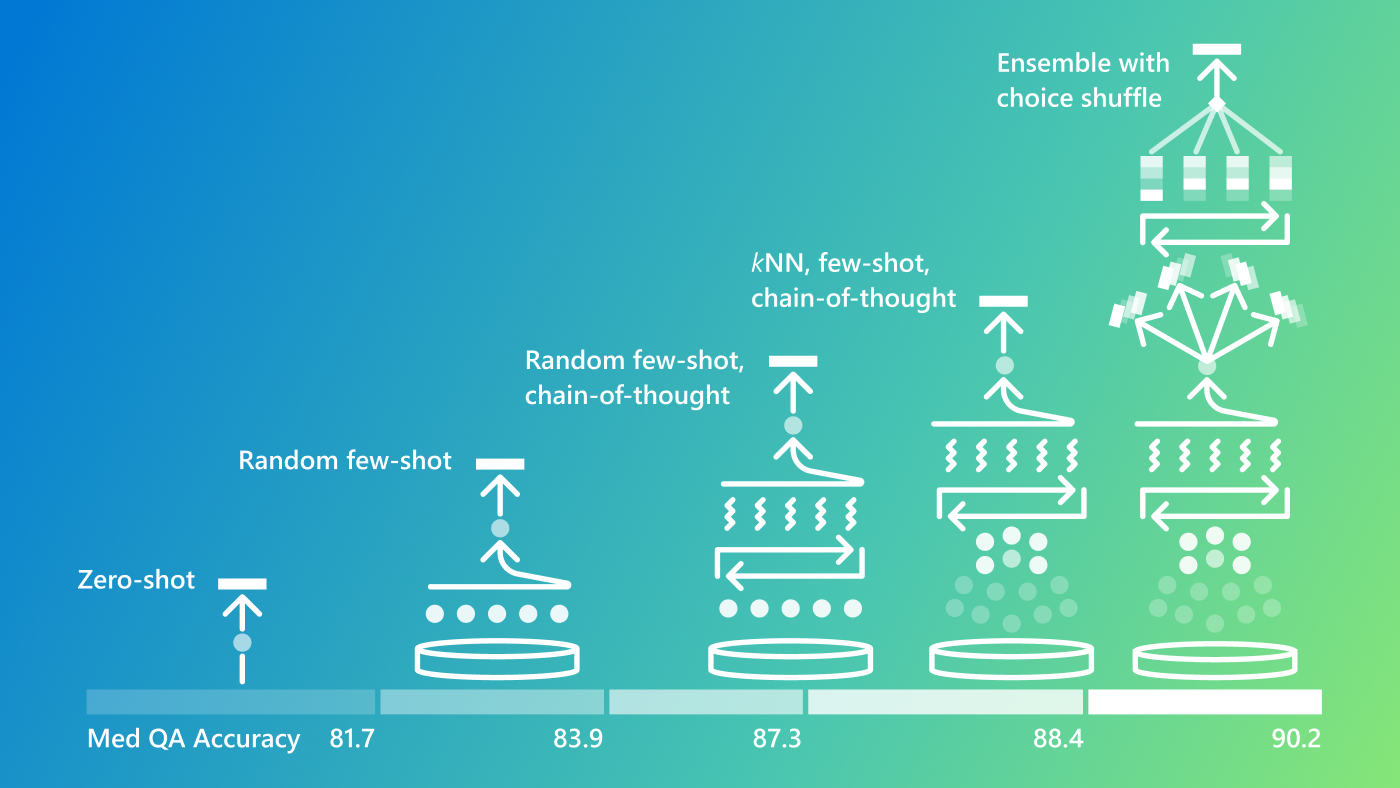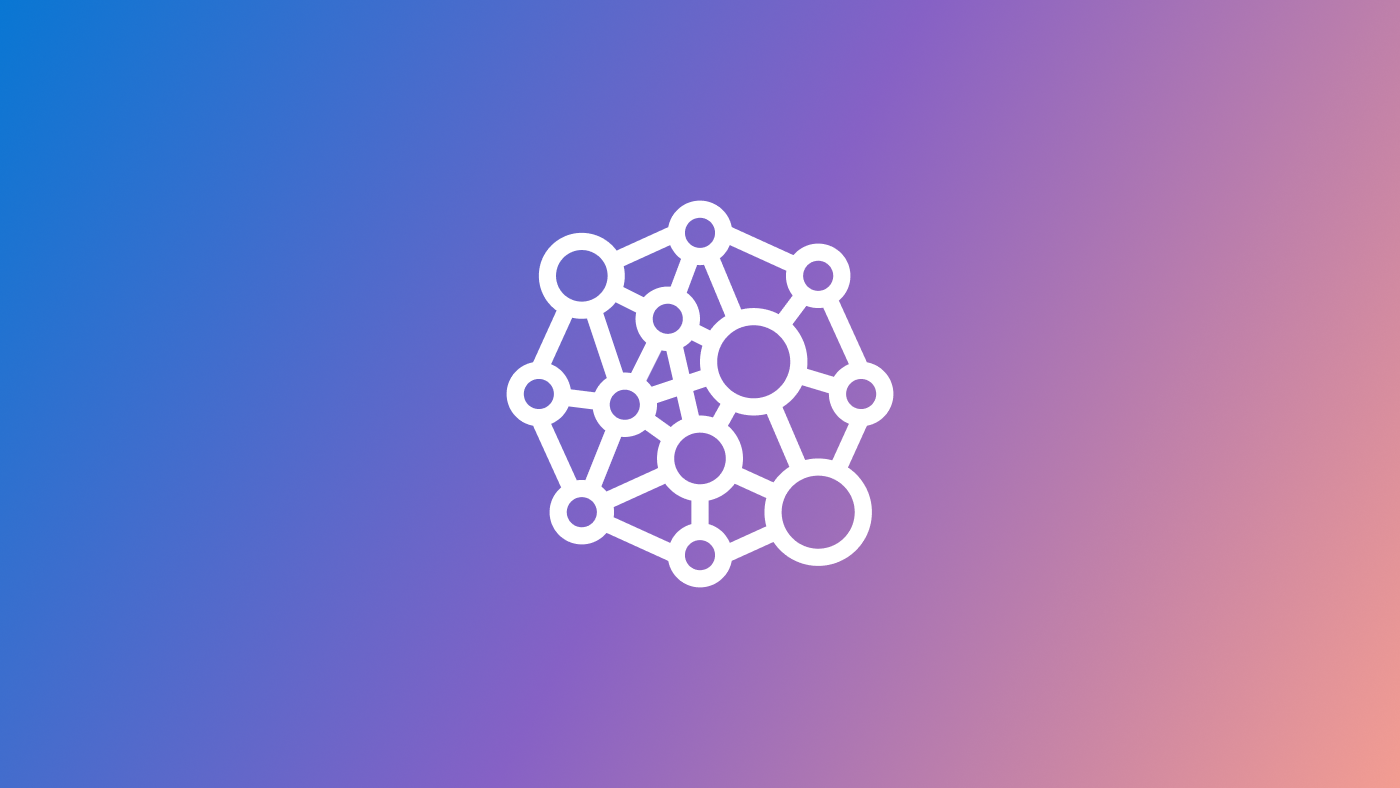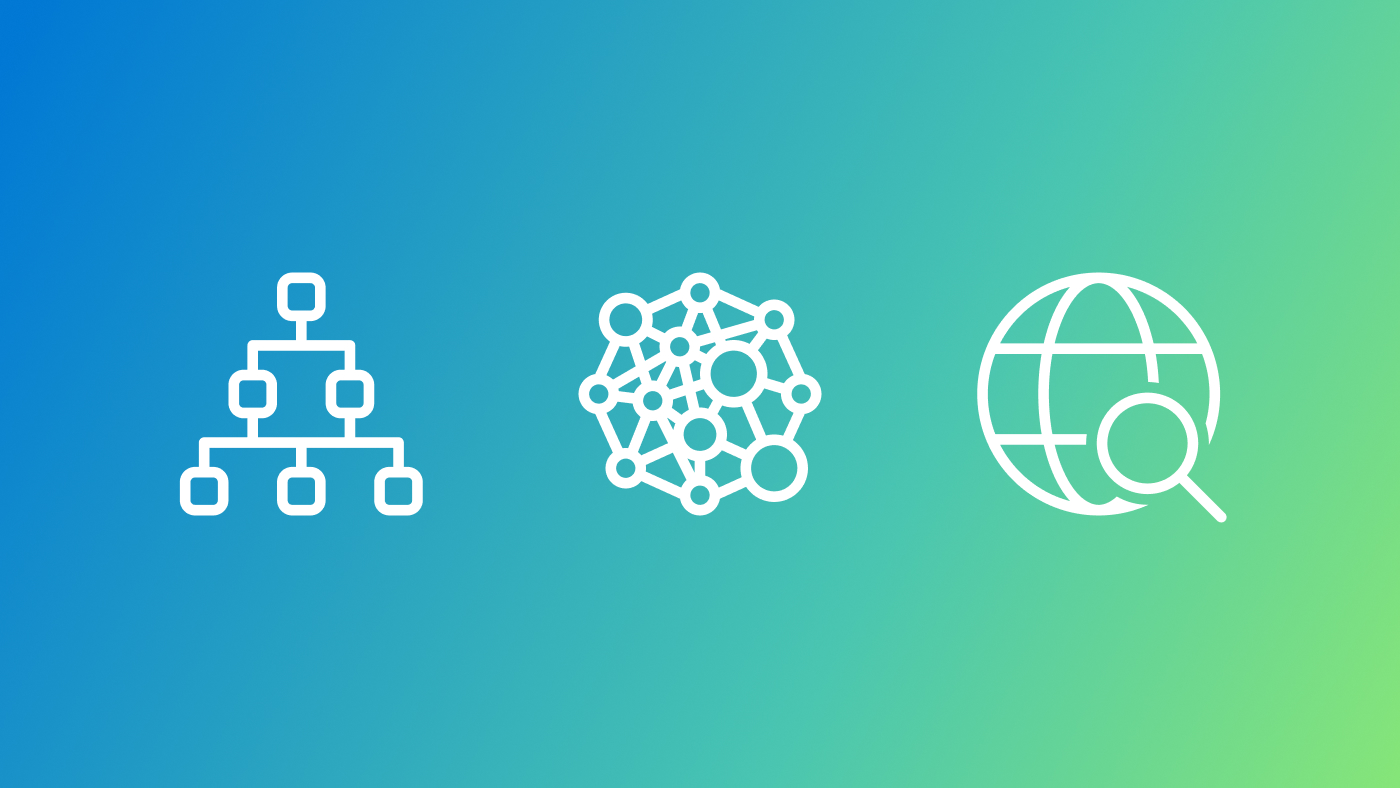
Advances in run-time strategies for next-generation foundation models
Discover the most effective run-time strategies on the OpenAI o1-preview model, improving accuracy in medical language tasks.

Discover the most effective run-time strategies on the OpenAI o1-preview model, improving accuracy in medical language tasks.

TamGen uses generative AI to design new drug candidate compounds to treat TB, going beyond traditional methods by generating novel chemical structures. Learn how a collaboration with the Global Health Drug Discovery Institute is making this possible.

Introducing a new approach to graph-enabled RAG. LazyGraphRAG needs no prior summarization of source data, avoiding prohibitive up-front indexing costs. It’s inherently scalable in cost and quality across multiple methods and search mechanisms.

Yasuyuki Matsushita rejoins Microsoft to lead the new Microsoft Research Asia - Tokyo lab. Learn more about his journey and his perspective on the Tokyo lab's role in evolution of AI.

BiomedParse reimagines medical image analysis, integrating advanced AI to capture complex insights across imaging types—a step forward for diagnostics and precision medicine.

Retrieval-augmented generation (RAG) helps AI systems provide more information to a large language model (LLM) when generating responses to user queries. A new method for conducting “global” queries can optimize the performance of global search in GraphRAG.

Orca-AgentInstruct, from Microsoft Research, can generate diverse, high-quality synthetic data at scale to post-train and fine-tune base LLMs for expanded capabilities, continual learning, and increased performance.

Modular models can democratize AI development while unlocking new benefits and use cases. Modularized AI can be more flexible, more compliant, and cheaper to develop—requiring less data and fewer compute resources to train expert models.

Holistic motion-capture calibration technique without calibration, manual intervention or custom hardware; Research on AI agents for autonomous clouds; Automating proof-oriented program construction; One-to-many testing for natural language code generation.

Sophisticated side-channel attacks present new security challenges for cloud providers. Learn how Microsoft is exploring defenses against emerging attacks with principled microarchitectural isolation:

Microsoft Research’s AI2BMD, an AI-based system that efficiently simulates a wide range of proteins in all-atom resolution, can advance drug discovery and biomolecular research.

Building resilient systems, scaling deep learning computation, and reproducing failures in production are just some of the ways Microsoft researchers are advancing the state of the art in computer systems research at SOSP 2024.
Meet our community of researchers, learn about exciting research topics, and grow your network
Ongoing conversations at the cutting edge of research
Join us for a continuous exchange of ideas about research in the era of general AI